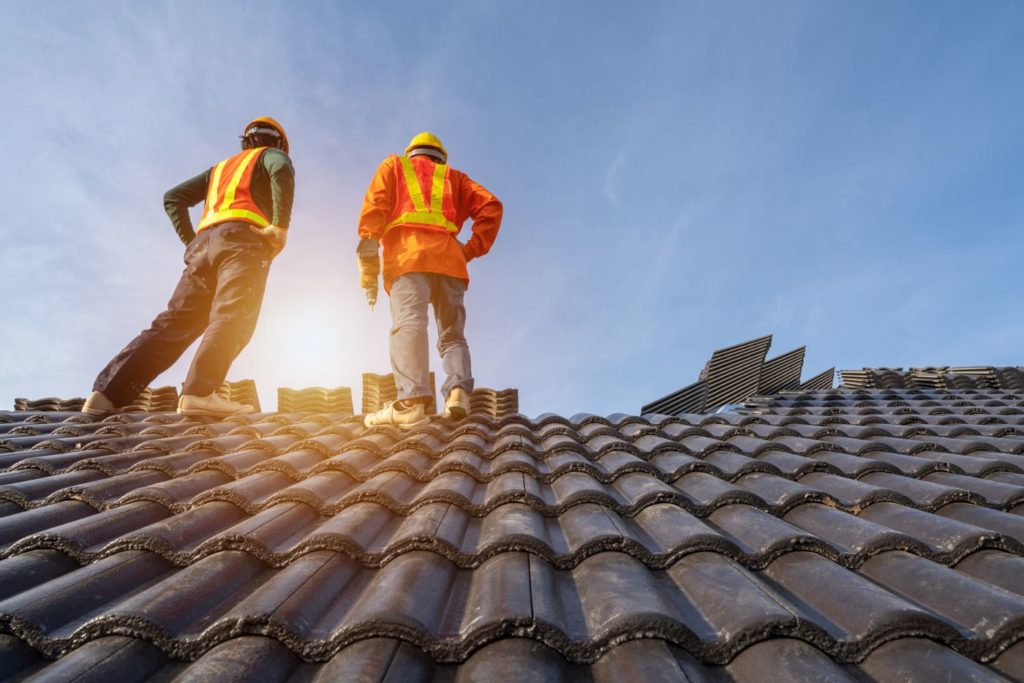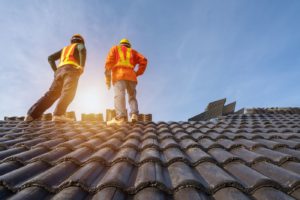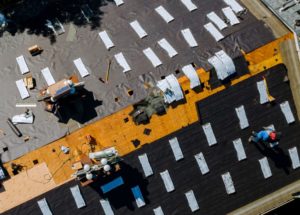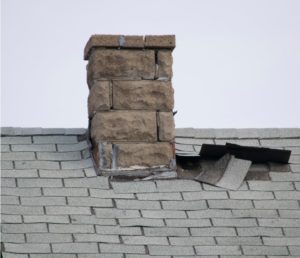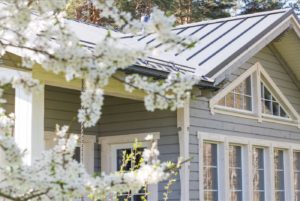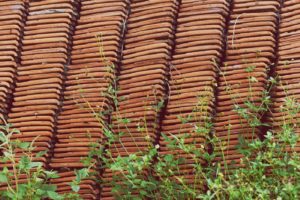Summer brings sunshine, longer days, and, unfortunately, intense heat that can wreak havoc on your roof. Prolonged exposure to high temperatures can cause significant damage to roofing materials, leading to leaks, reduced energy efficiency, and expensive repairs. Understanding how to identify and address heat-related roof damage is crucial for maintaining the integrity and longevity of your roof.
In this blog post, we will guide you through the process of spotting heat damage and provide practical tips on how to repair it effectively. Let’s jump right in!
Identifying Heat-Related Roof Damage
1. Cracked or Curled Shingles
One of the most common signs of heat damage is cracked or curled shingles. Asphalt shingles can become brittle under extreme heat, leading to cracks. Curling occurs when the edges of shingles lift due to prolonged heat exposure.
How to Spot It: Look for shingles with visible cracks or edges that are turning upward.
2. Blistering
Blistering is another telltale sign of heat damage. Blisters form when trapped moisture under the shingles heats up and causes the surface to bubble.
How to Spot It: Examine your roof for raised sections or bubbles on the shingles.
3. Granule Loss
Asphalt shingles are coated with granules that protect them from UV rays. Excessive heat can cause these granules to loosen and fall off.
How to Spot It: Check your gutters and downspouts for accumulated granules. Also, inspect your roof for bald spots where granules are missing.
4. Fading or Discoloration
Constant exposure to sunlight can cause shingles to fade or discolor. This not only affects the aesthetic appeal but also indicates UV damage.
How to Spot It: Look for patches of your roof that appear lighter or different in color compared to the rest.
5. Warped or Sagging Roof Deck
Intense heat can cause the underlying roof deck to warp or sag, leading to structural issues.
How to Spot It: Inspect your roof from the ground for any uneven areas. Inside the attic, check for signs of warping or sagging beams.
Repairing Heat-Related Roof Damage
1. Replacing Damaged Shingles
Cracked, curled, or blistered shingles should be replaced to prevent leaks and further damage.
Steps:
- Carefully remove the damaged shingle.
- Apply roofing cement to the replacement shingle.
- Secure it with roofing nails.
- Seal the edges with more roofing cement.
2. Addressing Granule Loss
If you notice significant granule loss, it might be time for a roof inspection and potentially a partial or full roof replacement.
Steps:
- Contact a professional roofer to assess the extent of granule loss.
- Consider applying a protective coating to existing shingles if the damage is minimal.
- For severe granule loss, replacing the affected shingles or the entire roof may be necessary.
3. Repairing Warped or Sagging Roof Decks
Warped or sagging roof decks require immediate attention as they compromise the structural integrity of your home.
Steps:
- Identify the extent of the damage by inspecting the attic.
- Remove damaged sections of the roof deck.
- Install new plywood or decking material.
- Re-shingle the repaired area.
4. Recoloring or Replacing Faded Shingles
While fading is mostly a cosmetic issue, severely discolored shingles may indicate UV damage and should be replaced.
Steps:
- For minor fading, consider applying a roof coating that can restore the color and add protection.
- For extensive discoloration, replace the faded shingles with new ones.
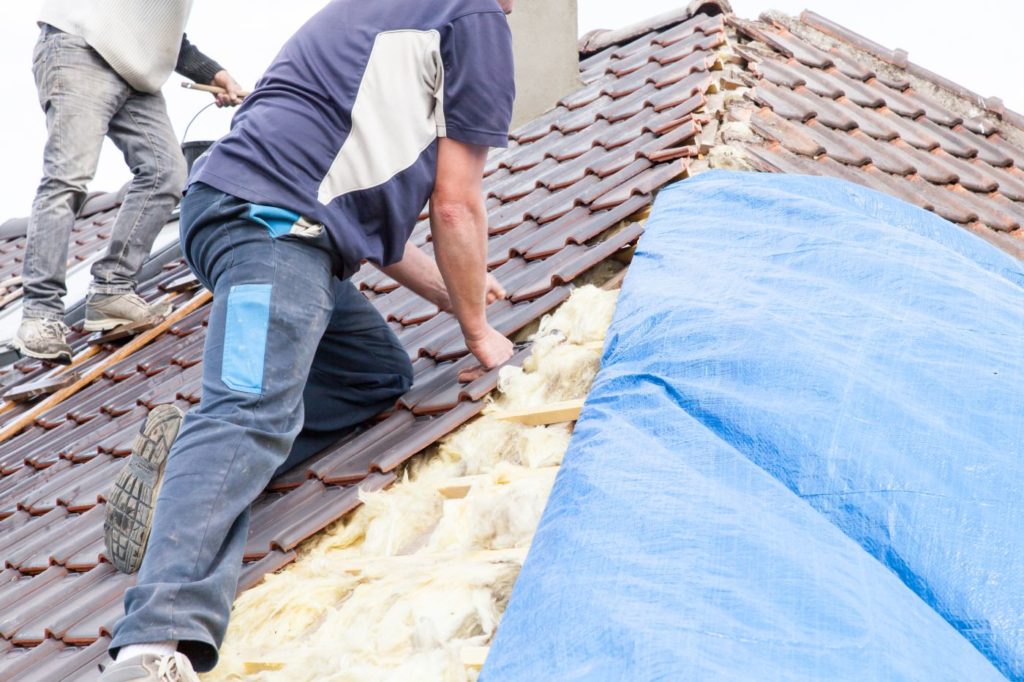
Preventing Future Heat Damage
1. Improve Attic Ventilation
Proper ventilation helps regulate roof temperature, reducing the risk of heat damage.
Tips:
- Install ridge vents or soffit vents to enhance airflow.
- Ensure your attic insulation is adequate to prevent heat buildup.
2. Use Reflective Roofing Materials
Reflective roofing materials can reduce heat absorption, keeping your roof cooler.
Tips:
- Consider installing cool roofing materials that reflect more sunlight.
- Apply reflective roof coatings to your existing shingles.
3. Schedule Regular Inspections
Routine roof inspections can catch early signs of heat damage and prevent costly repairs.
Tips:
- Have a professional roofer inspect your roof at least once a year, preferably before and after the summer season.
- Conduct self-inspections regularly to spot any obvious damage.
Takeaway
Heat-related roof damage can lead to serious issues if not addressed promptly. By learning how to identify signs of damage and knowing the steps to repair them, you can protect your home and extend the life of your roof. Implement preventative measures like improving attic ventilation and using reflective materials to minimize future heat damage. For severe cases or if you’re unsure about the extent of the damage, always consult with a professional roofer to ensure your roof remains in optimal condition.
Risner Roofing is Who You Need on Your Roof in Austin, TX
If you’re looking for reliable roofing services in the Austin, TX, metropolitan area, we’re here to help! We serve the entire Austin, TX, metro area with incredible, professional results you will be impressed with. Our skilled roofers strive to provide a premier customer service experience at competitive prices.
Whether you need a roof on a new build, repairs, or restorations due to old age or storm damage, we can do it all. We also provide emergency services. Call us today at (512) 210-1122 or contact us for a free quote!


